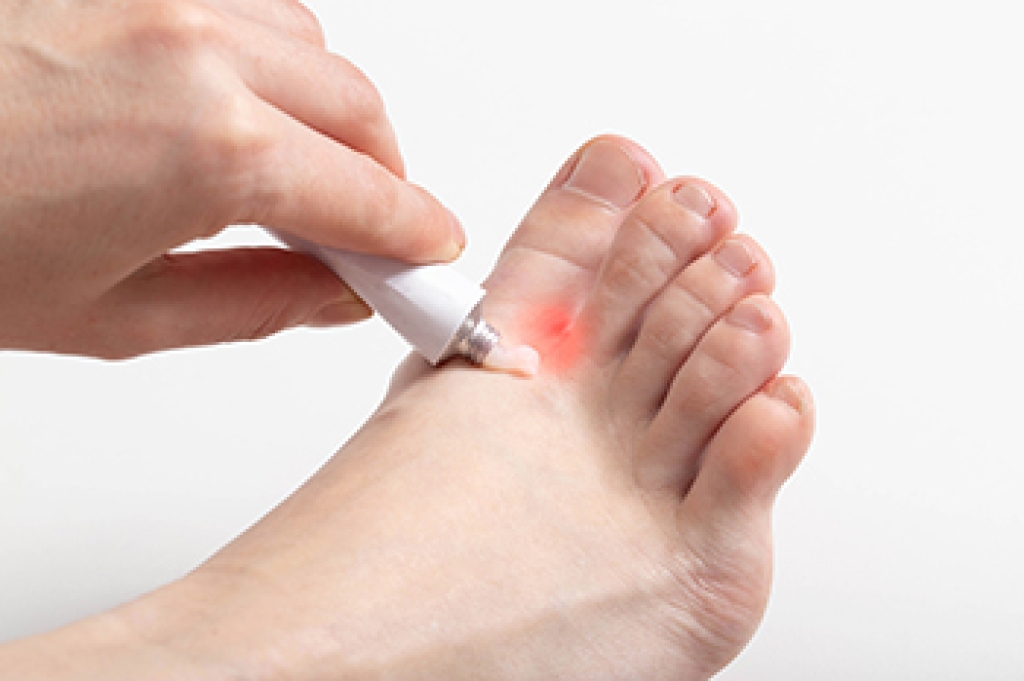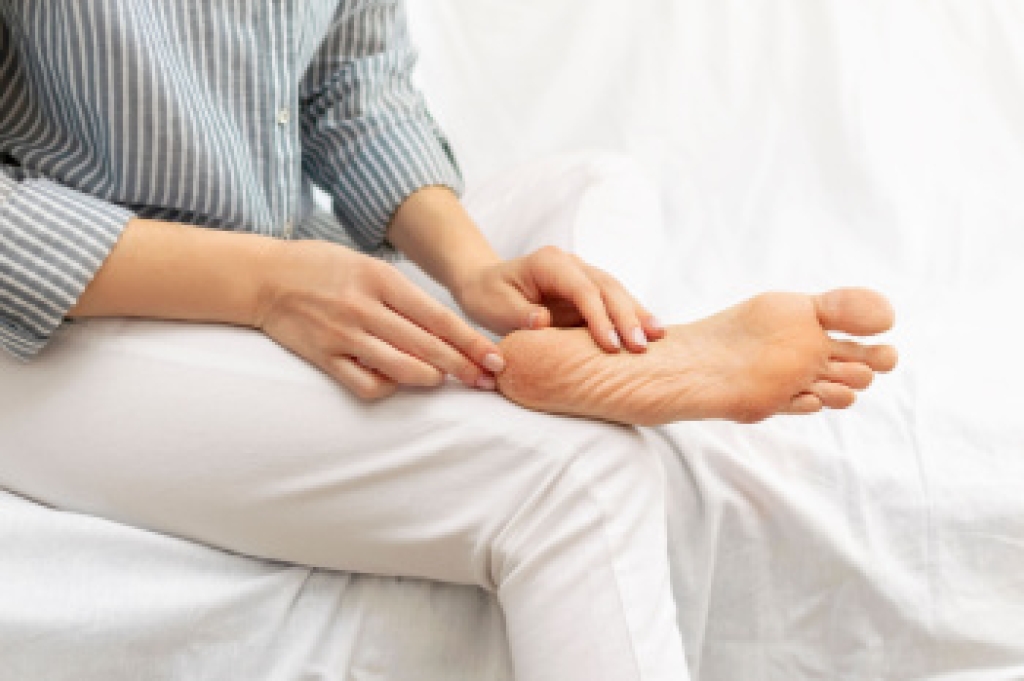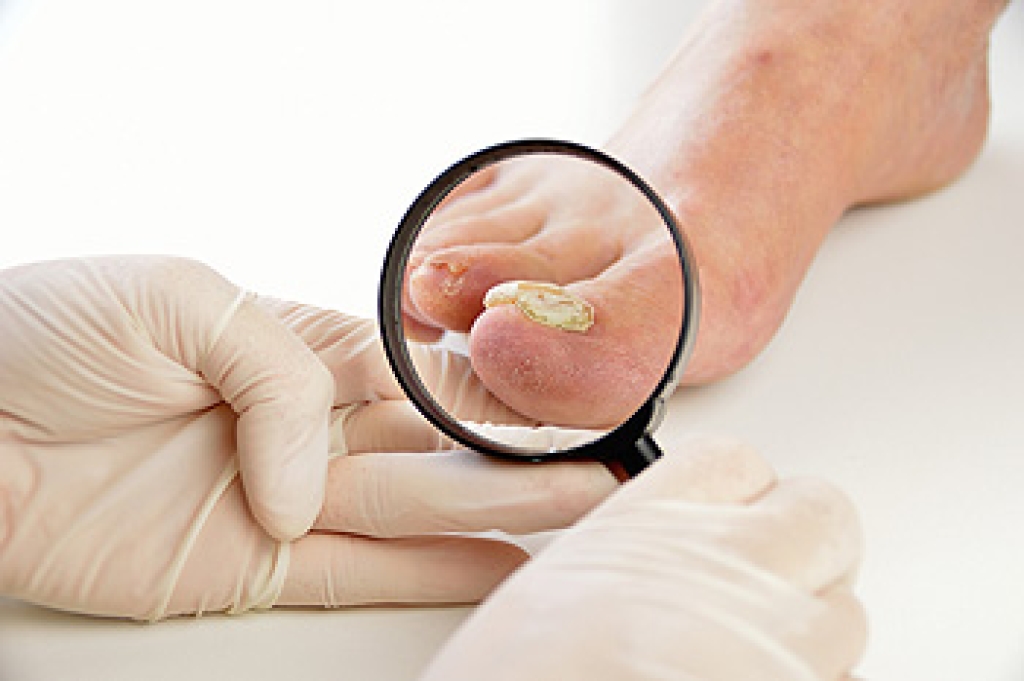
Athlete’s foot is a common fungal skin infection that affects the feet, particularly the areas between the toes and the soles. It develops when fungi thrive in warm and moist environments, leading to irritation of the skin. Symptoms often include itching, burning, redness, peeling, and occasional blistering. Risk factors include excessive sweating, wearing tight or non-breathable footwear, walking barefoot in public areas, and having a weakened immune system. Causes may involve prolonged moisture exposure, poor foot hygiene, or contact with contaminated surfaces. A podiatrist can help by accurately diagnosing the condition and prescribing effective antifungal treatments. If you notice persistent itching or skin changes on your feet, it is suggested that you consult a podiatrist who can offer effective relief and treatment solutions.
Athlete’s foot is an inconvenient condition that can be easily reduced with the proper treatment. If you have any concerns about your feet and ankles, contact Elie C. Daniel, DPM from Illinois. Our doctor will treat your foot and ankle needs.
Athlete’s Foot: The Sole Story
Athlete's foot, also known as tinea pedis, can be an extremely contagious foot infection. It is commonly contracted in public changing areas and bathrooms, dormitory style living quarters, around locker rooms and public swimming pools, or anywhere your feet often come into contact with other people.
Solutions to Combat Athlete’s Foot
- Hydrate your feet by using lotion
- Exfoliate
- Buff off nails
- Use of anti-fungal products
- Examine your feet and visit your doctor if any suspicious blisters or cuts develop
Athlete’s foot can cause many irritating symptoms such as dry and flaking skin, itching, and redness. Some more severe symptoms can include bleeding and cracked skin, intense itching and burning, and even pain when walking. In the worst cases, Athlete’s foot can cause blistering as well. Speak to your podiatrist for a better understanding of the different causes of Athlete’s foot, as well as help in determining which treatment options are best for you.
If you have any questions please feel free to contact our offices located in Princeton, Peru, and Mendota, IL . We offer the newest diagnostic and treatment technologies for all your foot and ankle needs.




